
The hammerhead shark: an overview
Meet the hammerhead shark
The hammerhead shark is undoubtedly one of the ocean's most peculiar and iconic creatures. These distinctive sharks are identified by their unique hammer-shaped heads, scientifically known as cephalofoils. Belonging to the family Sphyrnidae, hammerhead sharks encompass nine species, including the great hammerhead (Sphyrna mokarran) and the scalloped hammerhead (Sphyrna lewini). With their unusual head structure, hammerheads are instantly recognizable and favored subjects of fascination among marine enthusiasts. Experts like Dr. Gregory Skomal, a renowned shark biologist, underscore that the distinct head shape provides hammerheads with an enhanced sensory advantage, allowing them to scan larger areas for prey. This adaptation is a remarkable evolutionary feat, contributing to the shark's prowess as a predator. Hammerheads mainly feed on fish, including stingrays, and invertebrates, making them formidable hunters in various marine habitats. Hammerhead sharks are found in warm, temperate waters worldwide, from the Atlantic and Indian Oceans to parts of the Pacific Ocean. Diverse locations like the coast of Florida, the Bahamas, and even the shores of Australia and New Caledonia are home to different hammerhead species. These sharks tend to prefer continental shelves and deep reef areas, where they can find ample food supplies and suitable environments for breeding. Despite their fearsome reputation, hammerheads are often not a significant threat to humans. Most hammerhead species are shy and tend to avoid human interactions. However, their impressive size—some species can grow over 20 feet long—can be intimidating. The great hammerhead, which can reach these lengths, is notable for producing the largest known specimens, making it a coveted catch among daring anglers. The allure of catching a massive hammerhead shark attracts numerous fishing enthusiasts. Historically, the Boca Grande Pass in Florida is famous for hosting thrilling shark fishing contests. It's here that some of the biggest shark catches have been recorded, including several record-breaking hammerheads. Wanna know more about these colossal catches? Check out this captivating insight on the biggest tuna ever caught for a deeper dive into record-setting piscatory feats.Record-breaking catch: the biggest hammerhead shark
Record-breaking hammerhead shark caught off the coast of Florida
The sea was abuzz with stories when the world's largest hammerhead shark was hooked off the coast of Florida. This great hammerhead shark, scientifically named Sphyrna mokarran, weighed an astonishing 1280 pounds and measured over 14 feet long. According to the IGFA (International Game Fish Association), this record-setting catch was verified based on stringent angling standards.
Details of the historic catch
The biggest hammerhead shark was caught by a team of experienced fishermen near Boca Grande, a well-known fishing spot in the Gulf of Mexico. The crew, led by Captain Ras Gritt, fought for over an hour before finally bringing the massive shark aboard. This catch not only set a new benchmark but also reignited interest in shark fishing among enthusiasts.
Scientific significance and research insights
The record-breaking hammerhead shark has piqued the interest of marine biologists globally. Dr. Neil Hammerschlag from the University of Miami highlighted the rarity of such large specimens, emphasizing that hammerhead sharks play a crucial role in maintaining healthy oceanic ecosystems. This giant predator helps control the population of other marine creatures, thus ensuring ecological balance.
Controversies and ethical considerations in fishing
While the record-breaking catch was celebrated, it also stirred debates among marine conservationists. The practice of shark fishing, especially targeting large species like the great hammerhead, raises concerns about the declining numbers of these majestic creatures. Experts worry that such catches, if not regulated, could exacerbate the already threatened status of several hammerhead species globally.
The impact of fisheries on hammerhead shark populations
Fisheries, both commercial and recreational, significantly affect hammerhead shark populations. According to a report by the Florida International University, overfishing and bycatch have led to a sharp decline in numbers, with some species such as the scalloped hammerhead (Sphyrna lewini) now listed as endangered by the IUCN (International Union for Conservation of Nature).
Understanding hammerhead shark behavior
Unique hunting techniques of hammerheads
Hammerhead sharks are like the master detectives of the sea, equipped with a unique set of tools that make them remarkable hunters. Their distinct hammer shaped head, also known as a cephalofoil, is not just for show. It's the game-changer in their hunting strategy, giving them an edge in the vast ocean.
Sensory superpowers
Hammerheads have an incredible advantage due to the many sensory organs spread out along their wide heads. These include the Ampullae of Lorenzini, tiny pores that can detect the electric fields produced by prey. This makes them particularly adept at locating stingrays buried under the sand, a favorite meal. The wide-set eyes give them a broader visual range, allowing them to spot prey more efficiently than many other shark species.
Diverse prey and hunting grounds
These sharks are not picky eaters and have a diet that includes fish, squid, octopus, and crustaceans, but their favorite prey is stingrays. They hunt along continental shelves and in coastal regions, employing different strategies depending on the prey they are targeting. This adaptability is key for their survival in varying environments across the Atlantic ocean and beyond.
Group hunting dynamics
Interestingly, some hammerhead species, like the scalloped hammerhead, show social behaviors and often hunt in schools. This group dynamic plays a role in deterring predators and increasing hunting success. During the day, these sharks might be seen swimming together in large groups, but by nightfall, they disperse to hunt individually. The great hammerheads, on the other hand, are more solitary and prefer to hunt alone.
The role of speed and agility
Despite their sizeable and somewhat awkward-looking heads, hammerheads are quite agile. They can quickly change direction to pursue fleeing prey. Their streamlined bodies and powerful tails enable bursts of speed, making them formidable hunters in the ocean.
Behavioral observations by experts
Scientists at institutions like Florida International University are continually studying these fascinating creatures. Expert marine biologist Dr. Mike Heithaus has noted, "The shape of the hammerhead's head isn't just about looks. It's a crucial adaptation that enhances their sensory abilities and hunting prowess." These insights highlight the importance of hammerheads' physical traits in their hunting efficiency.
Gender-specific hunting behaviors
There's also intrigue regarding gender-specific behaviors in hammerheads. Studies have shown that female hammerheads may choose different hunting grounds compared to males, possibly due to reproductive needs or avoiding competition. Understanding these behaviors could be vital for conservation efforts.
\For those interested in how fishing line visibility affects your catch, you might find this link useful: https://www.fishing-magazine.net/blog/secrets-unhooked-how-does-fishing-line-visibility-affect-your-catch.
The role of hammerhead sharks in the ecosystem
Hammerhead sharks: key predators in their environment
Hammerhead sharks, with their uniquely shaped heads, play a pivotal role in maintaining the health of marine ecosystems. Their diet primarily consists of stingrays, cephalopods, and various bony fish. The distinctive 'hammer' shape of their heads is not just for show—it provides enhanced sensory capabilities, allowing these predators to detect the electric fields generated by their prey hiding in the sand below.
How hammerheads impact marine dynamics
Their predatory behavior helps regulate the populations of their prey species, preventing any single group from dominating the marine environment. This balance is crucial for the health of the ocean ecosystem. For instance, by preying on stingrays, hammerheads help protect the populations of bivalve mollusks and crustaceans that stingrays would otherwise overconsume.
Case study: the great hammerhead
One fascinating example is the great hammerhead shark (Sphyrna mokarran), which primarily inhabits coastal areas and continental shelves. Studies involving satellite tracking have shown that great hammerheads can travel vast distances. For instance, a study published in Marine Biology highlighted a great hammerhead traveling over 1,200 miles across the Atlantic Ocean. Such migratory patterns are essential for gene flow between different populations, aiding in their evolutionary adaptability.
Prey selection and hunting techniques
Hammerheads have been observed using various hunting techniques to capture prey. Their wide-set eyes provide a better visual range, while the sensory pores on the 'hammer' or cephalofoil enable them to detect even the faintest of electrical signals. This adaptation is particularly useful for nocturnal hunting when visibility is low. Experts like Florida International University's marine biologist, Dr. Demian Chapman, argue that this evolutionary trait gives hammerheads a significant advantage in diverse marine habitats.
Balance and the larger picture
Hammerhead sharks, by controlling prey populations, indirectly protect seagrass beds and coral reefs. These ecosystems, in turn, sustain other marine life forms, creating a balanced and thriving environment. The interconnectedness of these species highlights the broader significance of hammerhead sharks beyond their fearsome reputation.
Conservation status and threats
Threats facing hammerhead sharks
Hammerhead sharks, especially the great hammerhead (sphyrna mokarran) and scalloped hammerhead (sphyrna lewini), face dangerous threats in the wild. According to data from NOAA, fishing is a huge problem due to their prized fins in the shark fin trade. Up to 70% of hammerheads caught are due to finning practices, particularly in countries like China and Japan where shark fin soup remains a delicacy.
Decline in populations
Studies suggest the population of hammerhead sharks has decreased by over 80% in the past few decades. This decline is alarming and largely attributed to overfishing, habitat destruction, and climate change. The IUCN Red List categorizes the great hammerhead and several other species as ‘vulnerable’ or ‘critically endangered’.
The global fin trade
Hammerhead shark fins are a sought-after commodity in the international market, often illegally traded. The countries involved in the largest volume of fin trade include the United States, Ecuador, and Australia. A report by the Shark Fin and Ray Coalition highlighted that approximately 100 million sharks, including significant numbers of hammerheads, are killed each year.
Bycatch issue
Another major threat is bycatch, where hammerheads are unintentionally captured by fisheries targeting other species. In regions like the Atlantic Ocean and the Gulf of Mexico, bycatch is a big issue. For example, the Texas shark fishing industry reported handling unintentional hammerhead catches, which ultimately harm their populations.
Regional examples of impact
Florida is a hotspot for both recreational and commercial shark fishing. Scientists from Florida International University emphasize that local catch-and-release programs aren't sufficient as many hammerheads suffer fatal stress. A study from their marine science department discovered up to 40% mortality due to physiological stress post-release.
Climate change
Climate change also impacts shark behavior and migratory patterns. The rising sea temperatures and acidification of oceans disrupt their natural habitats. Researchers indicate this could push hammerheads closer to shorelines, increasing their risk of human interaction and capture.
Efforts to protect hammerhead sharks
Protecting Hammerhead Sharks: Initiatives and Efforts
Efforts to protect hammerhead sharks have gained significant momentum in recent years. These ancient creatures face multiple threats, and without focused conservation actions, their populations are at significant risk. The prominence of such initiatives underscores the importance of maintaining ecological balance and ensuring the survival of these distinctive sharks. One of the most pressing threats is the cruel and unsustainable practice of shark finning. Hammerheads, particularly the great hammerhead (Sphyrna mokarran) and scalloped hammerhead (Sphyrna lewini), are highly prized for their fins. According to a report from Oceana, upwards of 73 million sharks, including many hammerheads, are killed annually for the fin trade. This has led to drastic declines in their populations. Regulatory bodies and international agreements play a crucial role in hammerhead conservation. The Convention on International Trade in Endangered Species of Wild Fauna and Flora (CITES) has listed both great and scalloped hammerheads under Appendix II, which requires countries to ensure that their trade does not threaten the species' survival. Organizations such as the International Union for Conservation of Nature (IUCN) and the World Wildlife Fund (WWF) are pivotal in driving conservation efforts. These groups work tirelessly to advocate for stricter fishing regulations and establish marine protected areas (MPAs) where hammerheads can thrive without human interference. The National Oceanic and Atmospheric Administration (NOAA) has also designated the scalloped hammerhead as threatened under the U.S. Endangered Species Act. Additionally, collaborative research and tagging programs led by institutions like Florida International University help gather crucial data on hammerhead sharks. This research offers insights into their migratory patterns and habitat use, which directly informs conservation strategies. For example, studies conducted in the Atlantic Ocean have highlighted critical breeding and feeding grounds, leading to more effective protection measures. Public awareness and education are equally important. Initiatives such as Shark Week on the Discovery Channel and campaigns by Discovery’s Project AWARE Foundation aim to educate the public on the plight of hammerheads and promote shark conservation globally. Personal anecdotal experiences shared by divers and anglers often serve as powerful testimony to spark public interest and support. The collaborative efforts between scientists, conservation organizations, and regulatory bodies are essential in safeguarding hammerhead sharks. Balancing the scales and ensuring that these remarkable creatures can continue to roam the oceans is an ongoing endeavor, but one that is crucial for maintaining oceanic health.Shark fishing regulations and ethical considerations
Ethics in Shark Fishing: Balancing Tradition and Conservation
Shark fishing has been a long-standing tradition in many coastal communities worldwide, yet the growing awareness of shark conservation is prompting a re-evaluation of these practices. For instance, Florida's recreational fisheries often target the great hammerhead shark (Sphyrna mokarran), but ethical considerations are becoming increasingly important given their threatened status.
Hammerhead Sharks in the Fin Trade
The global shark fin trade has significantly impacted hammerhead populations, with estimates suggesting that up to 273 million sharks are killed annually, a large portion of which are targeted for their fins. This devastating practice has led to stringent regulations in many regions. For example, the United States, including states like Texas and Florida, have implemented bans on shark finning to protect species like the great hammerhead and scalloped hammerhead (Sphyrna lewini).
Regulatory Measures to Protect Hammerhead Sharks
Various international and national laws have been enacted to protect hammerhead sharks. The International Union for Conservation of Nature (IUCN) lists the great hammerhead shark as critically endangered. Consequently, there are strict catch limits and protected areas to conserve their populations. In the Pacific Ocean, countries such as Australia, Ecuador, and Japan have established marine protected areas (MPAs) to safeguard these species' habitats.
Anglers' Responsibility in Sustainable Shark Fishing
Anglers play a crucial role in the sustainable management of hammerhead sharks. Ethical fishing practices, including catch-and-release techniques, can minimize harm. Educating fishermen about the importance of conservation and the proper handling of hammerhead sharks is vital. Organizations like the Florida International University often collaborate with local fisheries to promote sustainable practices and conduct research expeditions to find the biggest and most elusive great hammerheads.
The Legal Landscape of Shark Fishing in Different Regions
The legal framework for shark fishing varies across different regions. In the Atlantic Ocean, for instance, European countries have adopted comprehensive regulations to protect shark populations. The Caribbean Sea also has several MPAs dedicated to shark conservation. Conversely, regions like the Indian Ocean and New Caledonia are still working to improve their regulatory measures.
Challenges in Enforcing Shark Fishing Laws
Despite the existence of regulations, enforcing shark fishing laws remains a challenge. Illegal fishing and non-compliance with regulations are rampant, and the high demand for shark fins in countries like China and the U.S. exacerbates the issue. Effective enforcement requires international cooperation and robust monitoring systems.
The Role of Research and Education in Promoting Ethical Fishing
Academic institutions like Florida International University and international research bodies are at the forefront of studying hammerhead sharks and advocating for ethical fishing practices. Their research provides critical data on shark behavior, migration patterns, and population dynamics, aiding in the development of effective conservation strategies. Public education campaigns are also essential to foster a culture of conservation and responsible fishing.


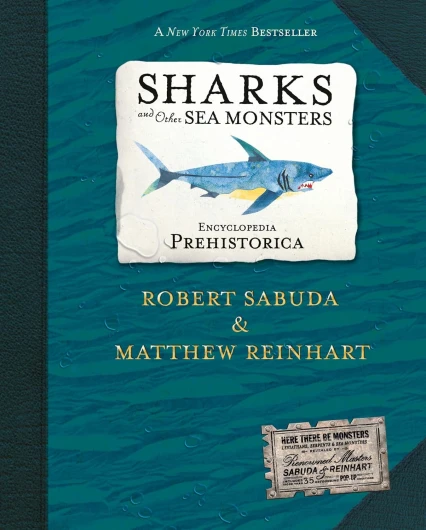
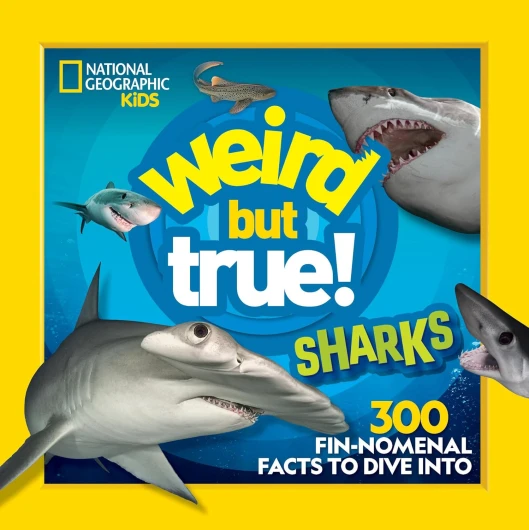
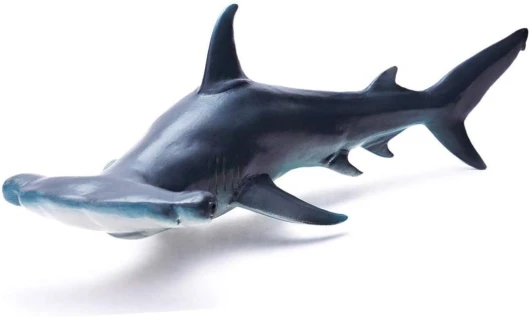
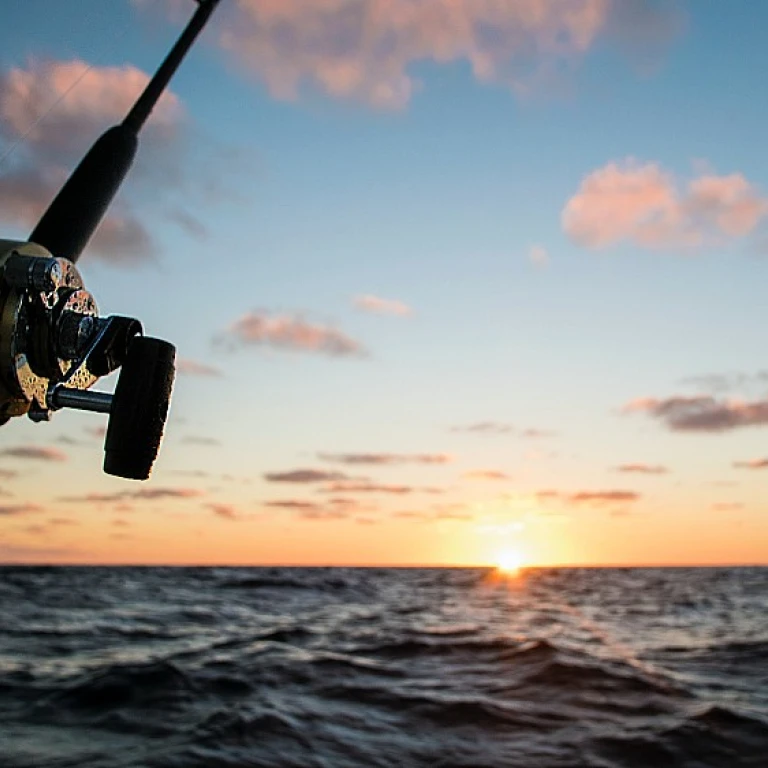



-large-teaser.webp)



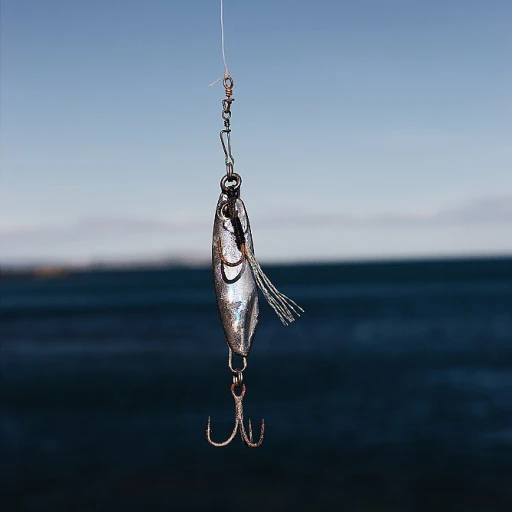
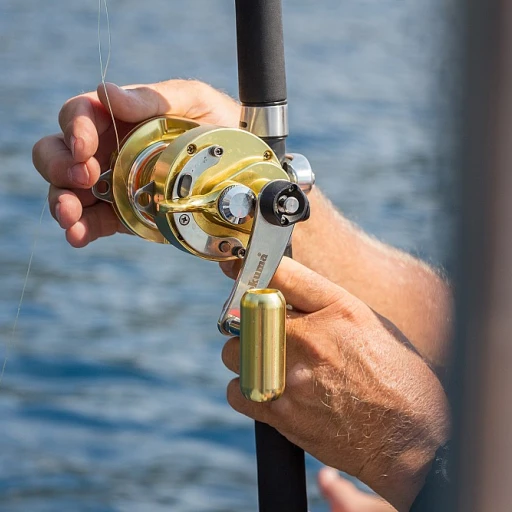
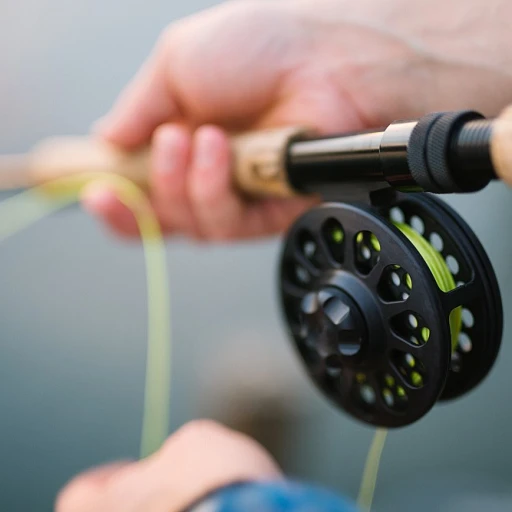
-large-teaser.webp)